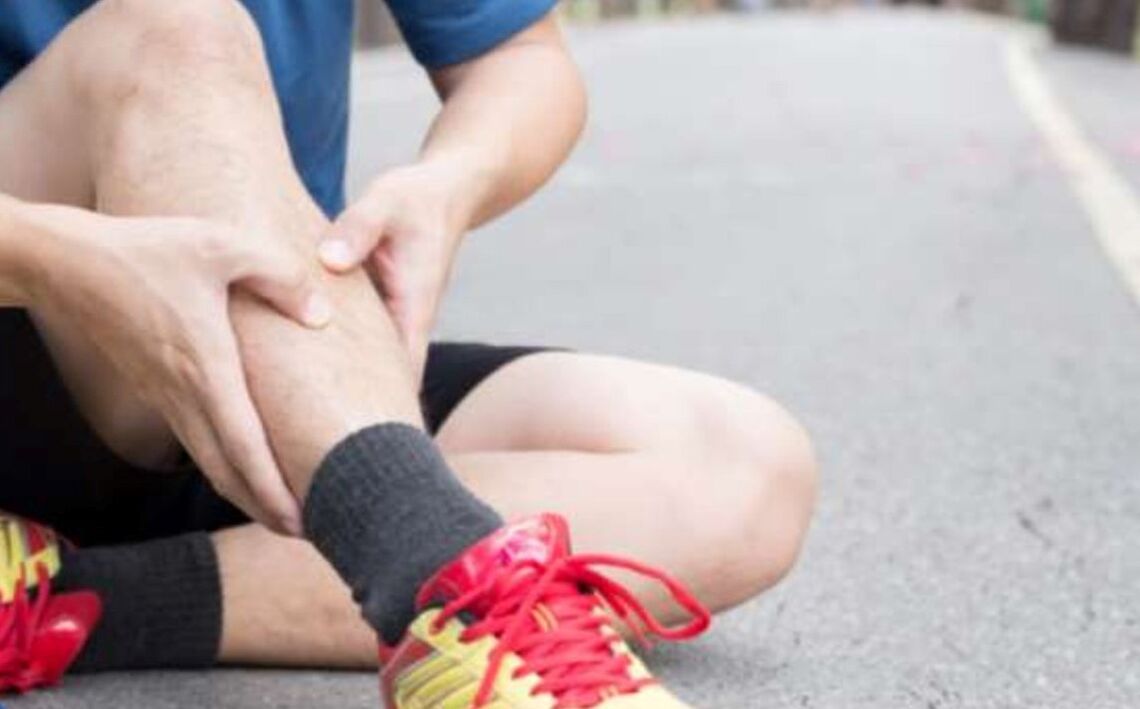Varicose veins are traditionally considered a "female" disease. However, this opinion is wrong, men also suffer from varicose veins. In addition, they bravely endure the manifestations and go to the doctors quite late, when the disease is already in its advanced stage, and this is not surprising: men are not so concerned about the visual consequences of varicose veins (spider veins, veins protuberances) and few know that the disease can progress to the trophic ulcer stage.

Varicose veins start long before the enlarged and twisted veins appear on the legs. This is a process that can progress and take a long (chronic) course. Venous blood, which must flow from the bottom up from the legs and carry metabolic products, stagnates in the vessels. There are valves inside the veins that prevent blood from coming back. As the disease progresses, the valves within the veins stop closing completely and some of the blood flows in the opposite direction. Due to excessive accumulation of blood, the walls of the veins expand, become tortuous. Blood circulation is affected, swelling, pain, and heaviness occur.
If you do not take measures for treatment, varicose veins can lead to complications: thrombophlebitis (inflammation of the walls of the veins with the development of blood clots), dermatitis, trophic ulcers - open wounds that do not heal with risk of infection. In some cases, complications from the disease can lead to disability. Varicose veins are not just an injury to the veins in the legs, an equally serious problem for a man is the expansion of the pelvic veins. In particular, it can contribute to other problems, such as hemorrhoids.
What contributes to the development of varicose veins:
The key factors that affect the development of varicose veins are considered a sedentary lifestyle, sedentary work, overweight. Irrational nutrition also plays an important role. For example, due to the consumption of a large number of meat dishes, spicy, starchy and low-fiber foods, chronic constipation can develop, which increases the stagnation of blood in the veins of the small pelvis and legs. The influence of alcoholic beverages is significant: drinking alcohol causes excessive relaxation of the venous wall. Varicose veins are already stretched and alcohol enhances the negative effects and contributes to the progression of the disease.
Signs of varicose veins:
- vascular networks or telangiectasias;
- enlarged, contoured veins, or varicose veins;
- discoloration of the skin, its dryness, thinning.
The more specific symptoms that indicate the development of varicose veins can be:
- feeling of fullness and heaviness in the legs;
- pain in the calf muscles;
- itching, burning, tingling, and even night cramps;
- fatigue;
- a symptom of restless legs.
How to treat varicose veins
Treatment of varicose veins should be comprehensive - a doctor selects a treatment plan. It is advisable to adjust your lifestyle. Vein Health Benefits:
- physiotherapy;
- for walk;
- swimming;
- cross country ski;
- Bicycling.
To help blood flow more actively through the veins, it helps to massage the buttocks, thighs, legs, and feet. It should be gentle stroking and shaking the muscles (from the buttocks to the foot), without affecting the areas of the dilated veins themselves. The duration of the procedure is 5 to 10 minutes daily.
An important place in the treatment is given to special drugs that improve the tone of the veins - venotonics.
Venotonics are local and systemic
For example, local, or external, it is a preparation that contains three components, which, thanks to an innovative substance delivery system, quickly penetrate the skin and help combat heaviness in the legs and their swelling, it does not leave a sticky feeling and marks on clothing and skin. . .
As a general rule, it is recommended to use local remedies in conjunction with systemic venotonics (those taken orally, in tablets). It acts at any stage of varicose veins, acts on the cause of varicose veins from the inside and helps to cope with pain and swelling of the legs. The drug is convenient to use - only 1 tablet of 1000 mg per day.
Varicose veins are a non-gender disease. It should be treated as soon as possible, starting with the first signs of the disease. The approaches involve lifestyle changes, the use of special compression stockings (for men, there are comfortable knee-high stockings), and the use of medications prescribed by a doctor.












































